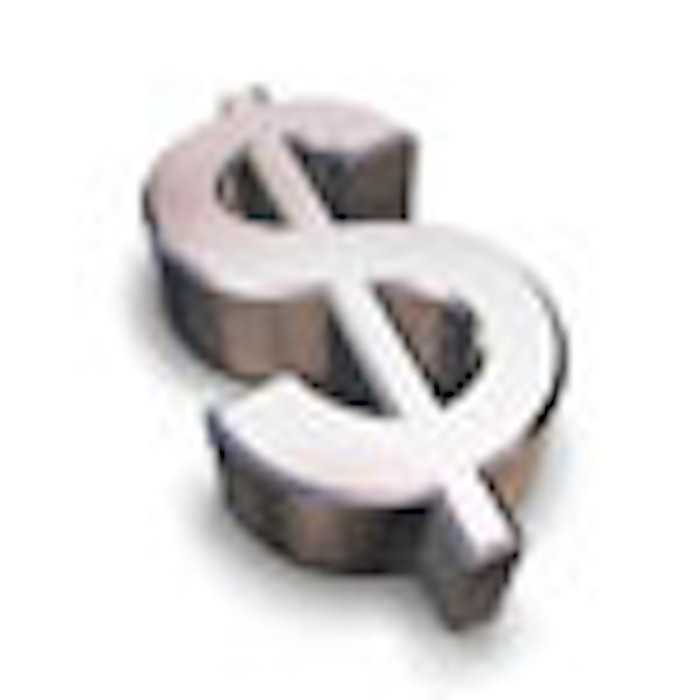
Pricing is one of the most powerful, yet underutilized strategies available to businesses. A McKinsey & Company study of the Global 1200 found that if companies increased prices by just 1% and demand remained constant, on average, operating profits would increase by 11%. Just as important, price is a key attribute that consumers consider before making a purchase.
The following pricing tips can reap higher profits, generate growth and better serve clients and consumers by providing options.
Stop marking up costs. The most common mistake in pricing involves setting prices by marking up costs. Although easy to implement, these “cost-plus” prices bear absolutely no relation to the amount consumers are willing to pay. As a result, profits are left on the table daily.
Set prices that capture value. Manhattan street vendors understand the principle of value-based pricing. The moment that it looks like it will rain, they raise their umbrella prices. This hike has nothing to do with costs; instead it’s all about capturing the increased value that customers place on a safe haven from rain. The right way to set prices involves capturing the value that clients place on a product or service by thinking like a client. They choose the product that provides the best deal: price vs. attributes.
Create a value statement. Every company should have a value statement that clearly articulates why clients should purchase their products and services instead of competitors’ offerings. This statement will boost the confidence of your frontline so its members can look clients squarely in the eye and say, “I know that you have options, but here are the reasons why you should work with us.”
Reinforce to employees that it is OK to earn high profits. Many skin care professionals are uncomfortable setting prices above what they consider to be “fair” and are quick to offer unnecessary discounts. It is fair to charge what-the-market-will-bear prices to compensate for the hard work and financial risk necessary to bring products and services to market.
Realize that a discount today doesn’t guarantee a premium tomorrow. Many people believe that offering a discount as an incentive to trial a product or service will lead to future full-price purchases. Offering periodic discounts serves price-sensitive clients, but often devalues a product or service in clients’ minds, which may impede future full-price purchases.
Offer product versions. One of the easiest ways to enhance profits and better serve clients is to offer good, better and best versions. These options allow clients to choose how much to pay for a product.
Use pricing tactics to complete your client puzzle. Skin care facilities should think of their potential client base as a giant jigsaw puzzle. Each new pricing tactic adds another client segment piece to the puzzle. Normal Nancys buy at full price (value-based price), Noncommittal Ninas come for treatment series discounts (pick-a-plan), High-end Harriets buy the top-of-the-line products and treatments, and Discount Donnas are added by offering 10% off on Tuesday promotions (differential pricing). Starting with a value-based price and employing different tactics adds the pricing-related segments necessary to complete a skin care facility’s potential customer puzzle, generating growth and increasing profits.
Because pricing is an underutilized strategy, it is fertile ground for new profits. The beauty of focusing on pricing is that many concepts are straightforward to implement and can start producing profits almost immediately. What better pricing windfall can your skin care facility start reaping tomorrow morning?
Rafi Mohammed, PhD, has been working on pricing issues for the past 20 years. He is the founder of Culture of Profit LLC, a Cambridge, Massachusetts-based company that consults with businesses to help develop and improve their pricing strategy. A frequent commentator on pricing issues to the print media, Mohammed has also made prime time television appearances on CNBC as an expert pricing commentator. He is the author of multiple books, most recently of The 1% Windfall (HarperBusiness, 2010).










